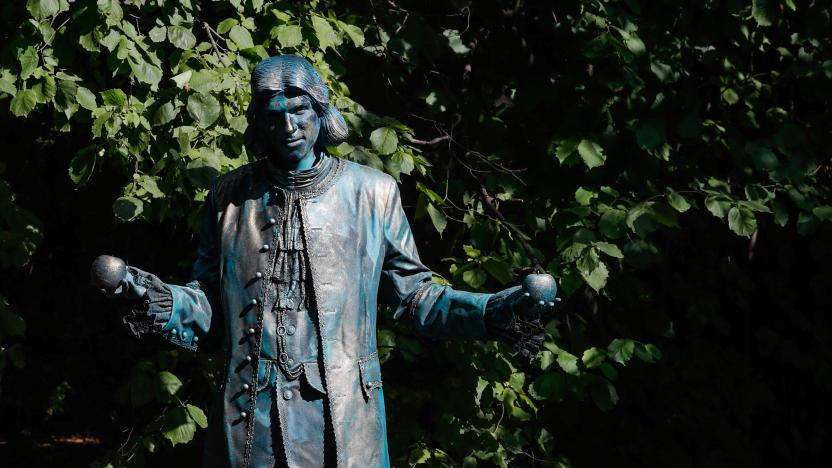chemistry
Latest

Nobel Prize in Chemistry awarded to trio of quantum dot researchers
The 2023 Nobel Prize in Chemistry winners contributed to the discovery and development of quantum dots. Moungi G. Bawendi, Louis E. Brus and Alexei I. Ekimov will share the honors.

Meta's newest AI determines proper protein folds 60 times faster
Meta researchers have developed a first-of-its-kind metagenomic database, the ESM Metagenomic Atlas, that could accelerate existing protein-folding AIs performance by 60x.
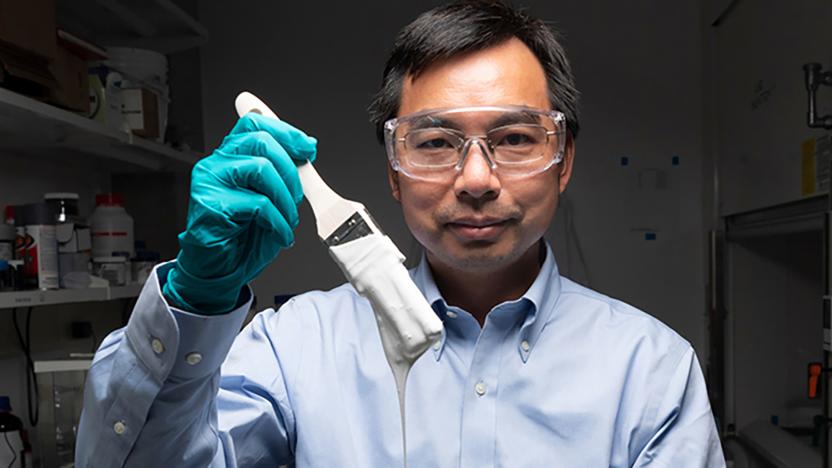
Ultra-white paint could reduce the need for air conditioning
Purdue researchers have developed the world's whitest paint, and it could reduce or even eliminate the need for air conditioning.

Hitting the Books: The correct way to make coffee, according to science
The best part of waking up is, of course, hot bean juice in your cup.
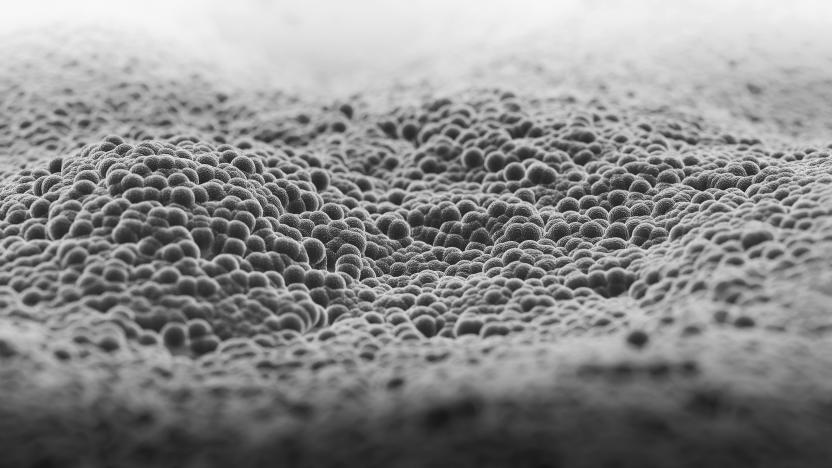
Facebook deploys its AI to find green energy storage solutions
One alternative is putting that excess power to work driving catalytic reactions. “There are a lot of different ways that we can store the energy,” Zack Ulissi, CMU Assistant Professor of Chemical Engineering and Materials Science and Engineering, told Engadget.

CRISPR gene editing pioneers win the 2020 Nobel Prize in Chemistry
CRISPR gene editing pioneers Emmanuelle Charpentier and Jennifer Doudna have won the 2020 Nobel Prize in Chemistry for a 'revolutionary' impact on science.

Pioneers of lithium-ion batteries win the 2019 Nobel Prize in Chemistry
This year's Nobel Prize in Chemistry has been awarded to three scientists credited with the invention of the rechargeable lithium-ion battery. John B Goodenough of the University of Texas at Austin, M Stanley Whittingham of Binghamton University and Akira Yoshino of Meijo University will receive equal shares of the 9m Swedish kronor ($905,000) prize, which was announced today by the Royal Swedish Academy of Sciences in Stockholm.

NASA finally found evidence of the universe's earliest molecule
Scientists have long suspected that, around 100,000 years after the big bang, helium and hydrogen combined to form the first molecule, helium hydride. That helped the universe begin to cool and led to the formation of stars. But, despite decades of searching, scientists could never locate helium hydride in space -- until now.
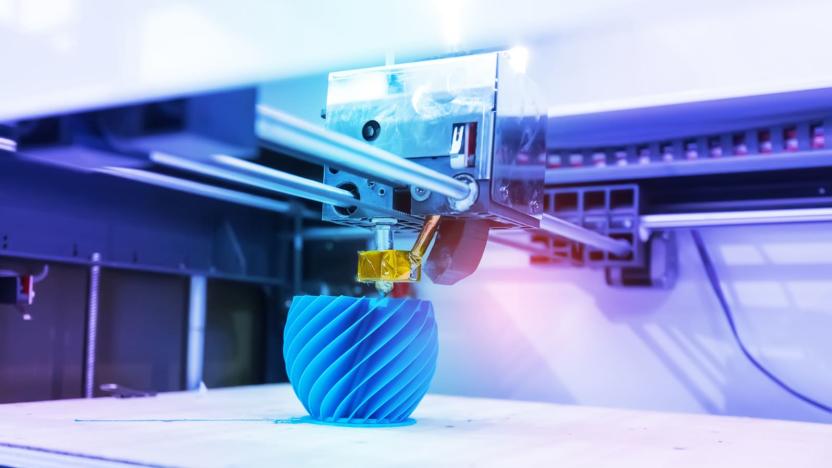
Light waves allow scientists to 3D print with multiple materials
3D printing can already create sensors for NASA rovers, rocket engines, safer football helmets, dentures. Name it, and it seems like it can be 3D printed. But the technology is still pretty limited, partly because most 3D printing systems can only make parts made of one material at a time. Now, researchers at the University of Wisconsin have discovered a way to use light to 3D print with more than one material.

'Robot chemist' could use AI to speed up medical breakthroughs
Scientists can only do so much to discover new chemical reactions on their own. Short of happy accidents, it can take years to find new drugs that might save lives. They might have a better way at the University of Glasgow, though: let robots do the hard work. A research team at the school has developed a "robot chemist" (below) that uses machine learning to accelerate discoveries of chemical reactions and molecules. The bot uses machine learning to predict the outcomes of chemical reactions based on what it gleans from direct experience with just a fraction of those interactions. In a test with 1,000 possible reactions from 18 chemicals, the machine only needed to explore 100 of them to predict study-worthy reactions in the entire lot with about 80 percent accuracy.

Amazon backs Marie Curie biopic starring Rosamund Pike
Amazon's latest Prime Video production won't just rely on star power to reel you in -- it should also appeal to science fans. The internet giant is teaming with France's Studiocanal on Radioactive, a biopic covering the work and romance of pioneering radioactivity scientist Marie Curie (and by extension, Pierre Curie). Produced by Persepolis' Marjane Satrapi, it's the adaptation of Lauren Redniss' graphic novel Radioactive and will star Gone Girl's Rosamund Pike. The star of the show may be the science itself, however.
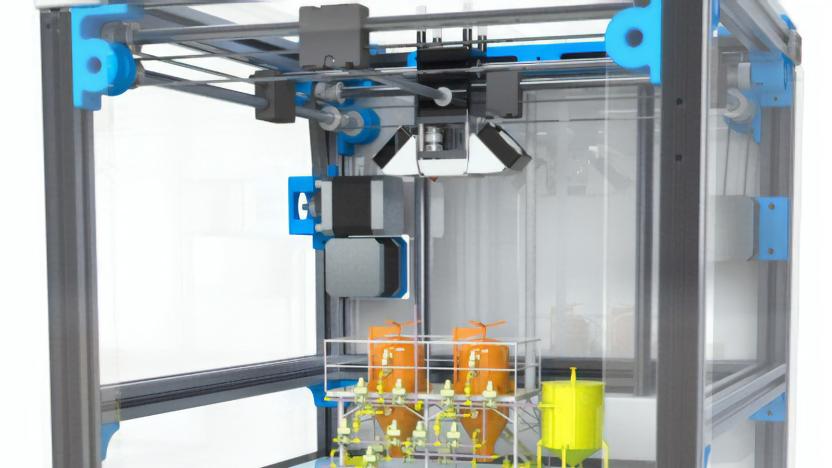
3D printers could let you produce your own drugs
You might imagine that drug production only happens at gigantic pharma corporations with millions of dollars worth of equipment. However, researchers at the University of Glasgow have unveiled a new process of building "reactionware," or small reactors that can produce drugs, using a $2,000 off-the-shelf 3D printer, Science reports. The new process makes it possible for anyone to fabricate drugs, allowing doctors in developing nations to quickly produce medicines to curtail outbreaks, or even let you produce your own ibuprofen at home.

World's quickest laser pulse can track electrons in slow motion
The race to produce ever-faster laser pulses has set a new record, and it could lead to breakthroughs in our understanding of atom-level physics. A team at ETH Zurich has shortened an X-ray pulse to just 43 attoseconds (10-18 seconds), which is quick enough that you can observe electrons moving in slow motion. That, in turn, makes it realistic to study extremely fast processes, such as the formation of chemical bonds or the creation of electricity in solar cells.
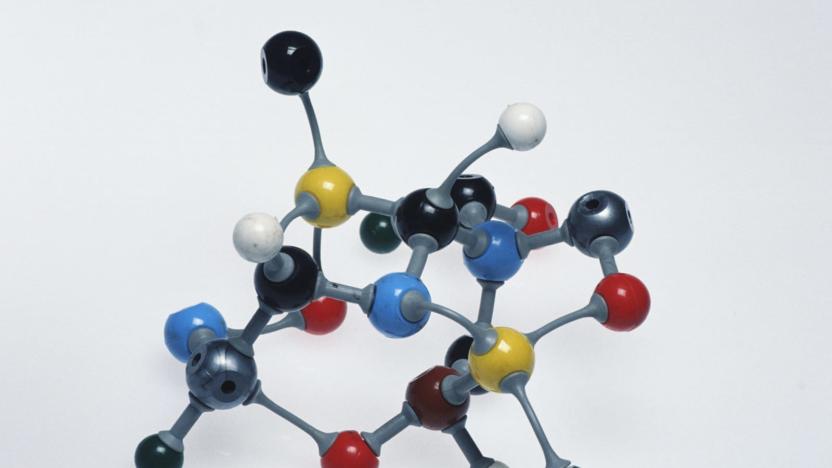
IBM's simulated molecule could lead to drug and energy advances
IBM's quantum computer has made a small advance that could ultimately lead to a major chemistry breakthrough. A team of IBM researchers has successfully used IBM Q to accurately simulate the molecular structure of beryllium hydride (BeH2), the largest molecule ever to be simulated by a quantum computer to date. This is pretty important, because simulating any molecule on a quantum level is no easy task, never mind a big one.

Hypersonic aircraft are more realistic thanks to a ceramic coating
There are a few reasons why you aren't flying across the country in hypersonic aircraft, but the simplest of them is heat: when you travel at speeds over Mach 5, the ultra-high temperatures (around 3,600F to 5,400F) strip layers from metal. How do you protect a vehicle when even the toughest ceramic tiles can't handle those conditions? A team of British and Chinese researchers might have the answer. They've engineered a carbide-based ceramic coating that's about 12 times more effective than current ceramics, making hypersonic aircraft more realistic.
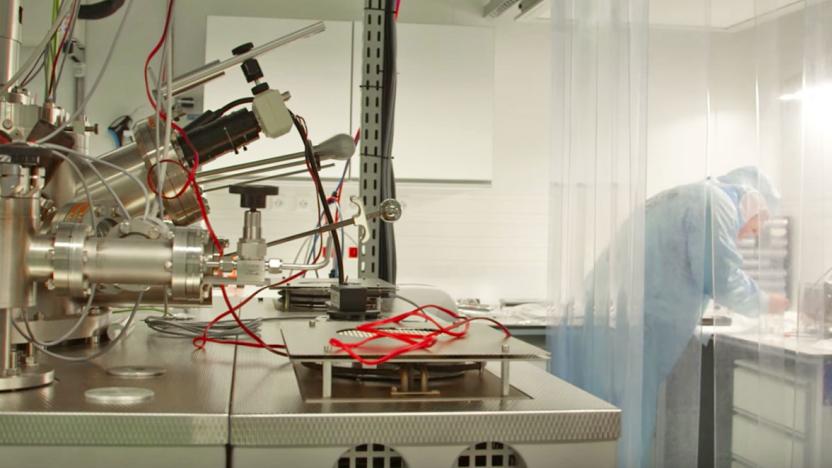
Prepare for the world's first nanocar race this month
Nanotechnology is fascinating, but for most people who aren't full-time chemists, it's a ridiculously dense field of study. An international team of scientists are trying to make nanotechnology more accessible to the public with the world's first nanocar race, scheduled to start on April 28th in the French city of Toulouse. Six teams hailing from three continents will gather at the Centre for Materials Elaboration and Structural Studies and attempt to jolt their custom nanocars across a polished gold track 100 nanometers in length (roughly one-thousandth the width of a human hair).
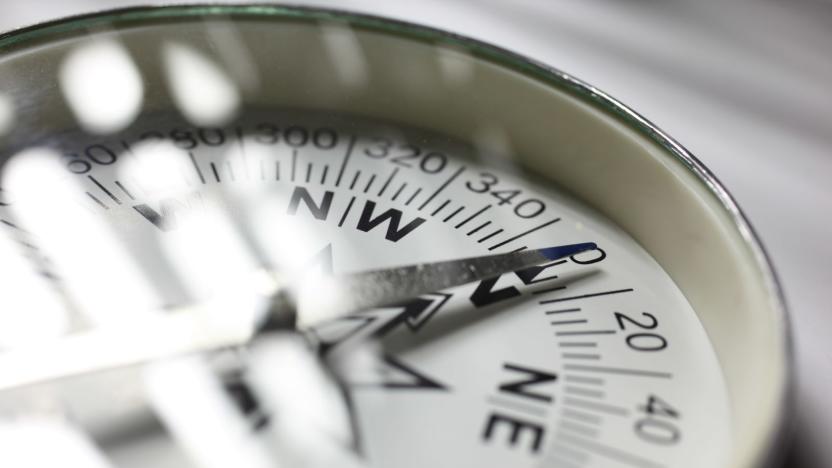
Computer models help form new magnetic materials
Magnetic materials are extremely difficult to find. They're rare in nature, and creating one in the lab usually involves both a lot of experimentation and a little luck. Duke University, however, has found a way to take the mystery out of the process: its researchers have used computer modelling to help generate two new kinds of magnetic materials. The models whittled down the potential atomic structures from a whopping 236,115 combinations to just 14 candidates by subjecting the structures to increasingly tougher tests. How stable are they? Do they have a "magnetic moment" that determines the strength of their reaction to an outside magnetic field? After that, it was just a matter of synthesizing the few remaining materials to see how well they worked in real life.
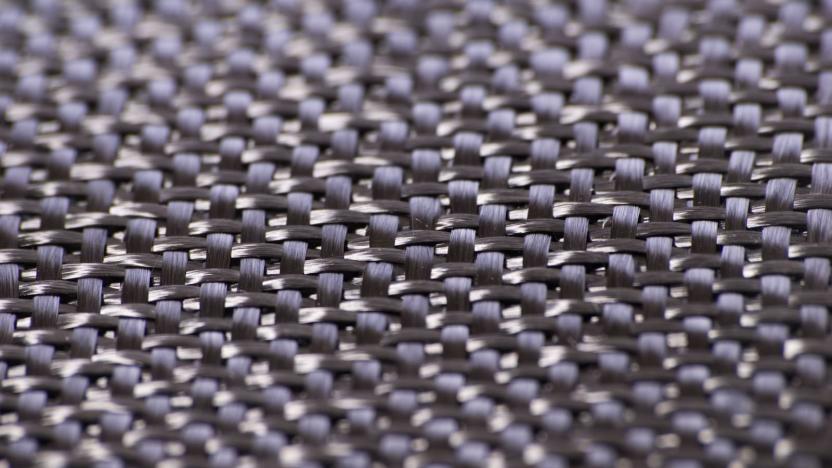
Chaos leads to stronger carbon fiber
Carbon fiber is widely used in aircraft and performance cars thanks to its light-yet-strong nature, but it's still a fuzzy science. What's the ideal baking temperature, and the resulting degree of chaos in carbon atoms, that you need to make the sturdiest material? MIT might finally have an answer. Its researchers have discovered a link between the random order of carbon atoms in a baked resin and its consequent density and strength. And by doing so, they've found an ideal baking temperature that makes the carbon as random (and thus as light and strong) as possible.

AI learns to recognize exotic states of matter
It's difficult for humans to identify phase transitions, or exotic states of matter that come about through unusual transitions (say, a material becoming a superconductor). They might not have to do all the hard work going forward, however. Two sets of researchers have shown that you can teach neural networks to recognize those states and the nature of the transitions themselves. Similar to what you see with other AI-based recognition systems, the networks were trained on images -- in this case, particle collections -- to the point where they could detect phase transitions on their own. They're both very accurate (within 0.3 percent for the temperature of one transition) and only need to see a few hundred atoms to identify what they're looking at.


